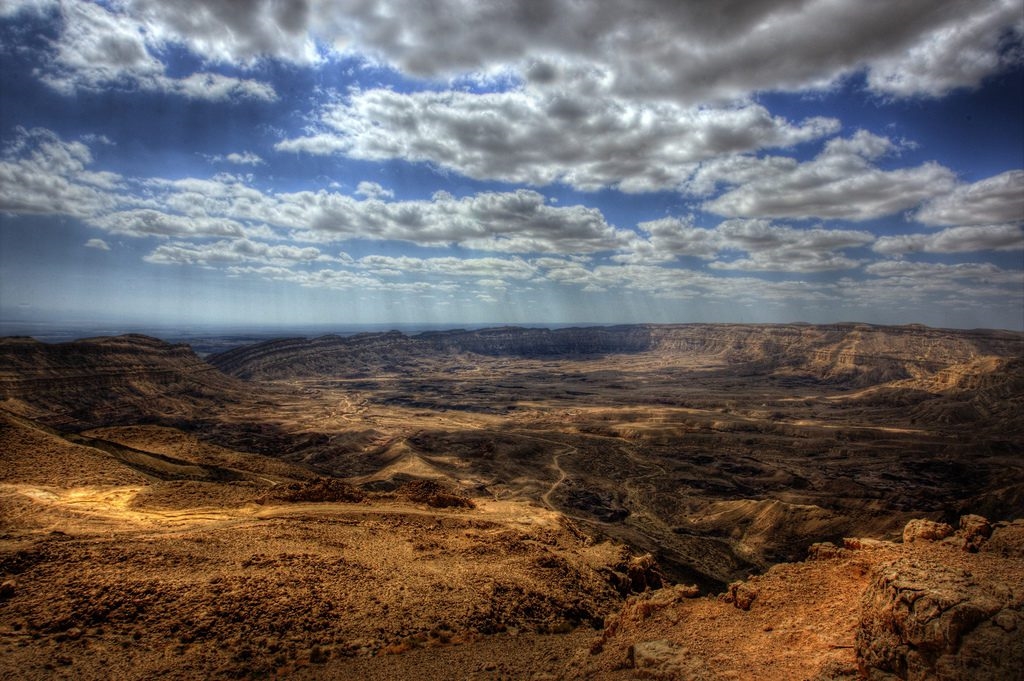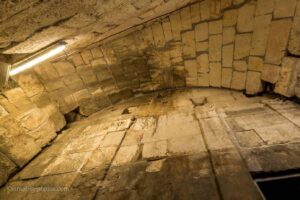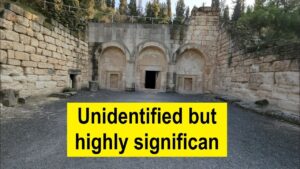Ramon Crater, Mitzpe Ramon – Discover the Largest Erosion Crater
Nestled in the heart of Israel’s Negev Desert, Ramon Crater, or Makhtesh Ramon, is a geological wonder that captivates visitors with its vastness and unique landscape. This natural phenomenon is the largest erosion crater in the world, offering breathtaking views, fascinating geological formations, and a rich tapestry of history and culture. Whether you’re an avid hiker, a geology enthusiast, or simply someone who appreciates the beauty of nature, Ramon Crater is a must-visit destination.
What to See and Do
Ramon Crater is a paradise for outdoor enthusiasts. The crater itself is about 40 kilometers long and 2 to 10 kilometers wide, providing ample space for exploration. One of the best ways to experience its beauty is by hiking. There are numerous trails ranging from easy walks to challenging treks, each offering unique perspectives of the crater’s diverse landscape. The “Carpentry Shop” is a popular spot, where visitors can see naturally occurring prismatic rocks that resemble wooden planks.
For those interested in stargazing, Mitzpe Ramon is one of the best places in Israel to observe the night sky. The clear desert air and minimal light pollution make it ideal for spotting constellations and shooting stars. The nearby Mitzpe Ramon Visitor Center offers guided tours and educational programs about the crater’s geology and the region’s history.
A Bit of History and Interesting Facts
Ramon Crater is not a meteor impact crater, as some might assume, but rather a unique geological formation known as a “makhtesh.” It was formed over millions of years through a process of erosion, where water and wind gradually wore away the softer rock layers, leaving behind the harder, more resistant formations. This process has created a stunning array of colors and textures that change with the light throughout the day.
The area around Ramon Crater has been inhabited for thousands of years. Archaeological findings suggest that ancient Nabateans, who were skilled traders and builders, once traversed this region. They left behind remnants of their presence, including ancient caravanserais and rock carvings.
An interesting fact about the crater is that it is home to a unique species of ibex, a type of wild goat that can often be seen climbing the steep cliffs. The crater’s ecosystem is surprisingly diverse, with various plant and animal species adapted to the harsh desert environment.
Getting There and Tips for First-Time Visitors
Ramon Crater is easily accessible from the town of Mitzpe Ramon, which is located on the northern edge of the crater. The town is about a two-hour drive from the city of Be’er Sheva and approximately three hours from Tel Aviv. Public transportation is available, with buses running regularly from major cities to Mitzpe Ramon.
For first-time visitors, it’s important to come prepared for the desert climate. During the day, temperatures can soar, so bring plenty of water, sunscreen, and a hat. Evenings can be chilly, so pack a light jacket. Comfortable walking shoes are a must if you plan to explore the trails.
The Mitzpe Ramon Visitor Center is a great starting point for your visit. It provides detailed maps, information about the trails, and insights into the crater’s formation and history. The center also offers a panoramic view of the crater, which is a perfect spot for taking photos.
Whether you’re there for a day trip or an extended stay, Ramon Crater offers a unique blend of natural beauty, history, and adventure. It’s a place where you can disconnect from the hustle and bustle of everyday life and reconnect with the wonders of the natural world.








